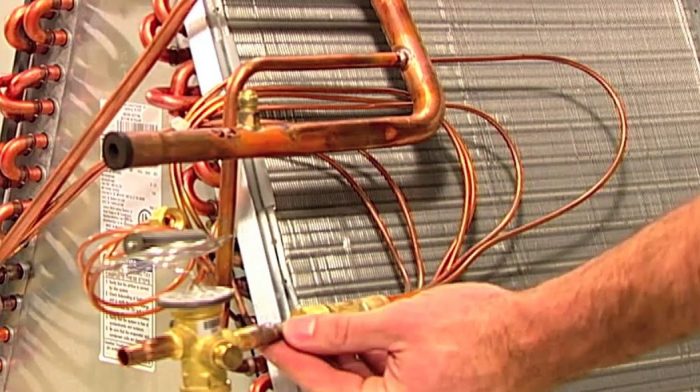Get Tech Tips
Subscribe to free tech tips.
Uncommon Start and Run

I walked into my first real job interview in the HVAC trade. The manager was a guy named Ernie, and he walked me out to the warehouse.
Quick warning: guys named Ernie are tough. Don't mess with a dude named Ernie.
He walked up to a box, snatched a pen out of his shirt pocket, and scribbled a circle, three dots, and three numbers on it while grunting, “Which is common, start, and run?”
I was in luck…
While I may have had almost zero practical knowledge of air conditioning, this was one thing I HAD actually learned in school.
I marked the terminals, and I got the job.
Now, of course, this only applies to single-phase compressors. This leg-to-leg reading helps identify terminals but tells you very little about the condition of the windings unless you know the resistance in the first place or have historical readings or another identical compressor to compare to.
Before you say that this information is useless, let me stop you.
It isn't useless. It may not be something you use every day, but I have needed to ohm out a motor or compressor a handful of times, and it got me out of a pinch.
So, here it goes:
- The lowest ohm reading is between Common and Run
- The middle ohm reading is between Common and Start
- The highest ohm reading is between Start and Run
Common is just a point between Start and Run, and therefore, the Common to Start and Run to Start readings will add up to the run to start reading. Many will tout this as a diagnostic reading you should check. It's more a mathematical fact than something useful to check. If you did see a higher reading Start to Common + Run to Common vs. Run to Start, it could really only indicate an increased resistance through the motor thermal overload that breaks common.
Here is how I remember which winding resistance is which (let the mockery begin):
Starting is hard—so, it has the highest resistance.
Running is hard too—but it's not as hard as starting, so it has less resistance than Start.
Common is easy—being common requires the lowest resistance.
So, common to run is the least, and start to run is the most.
Also…

When read like a book (top left to bottom right), the orientation is usually—if not always—Common, Start, then Run. Many techs remember that with the phrase, “Can She Run?”
Understanding common, run, and start is uncommon, so it requires a lot of resistance. So start… knowing it.
OK, I'm done.
—Bryan










Comments
There are a lot of seasoned techs who don’t know CSR mostly because they just test for ground and continuity. But it is very helpful to see if a motor is on its way out which could also be a symptom of other issues. Adding to that it’s also helpful to know 3 ph motors should all read equal ohms within mfr specs and CR + CS should = SR in single phase motors.
There are a lot of seasoned techs who don’t know CSR mostly because they just test for ground and continuity. But it is very helpful to see if a motor is on its way out which could also be a symptom of other issues. Adding to that it’s also helpful to know 3 ph motors should all read equal ohms within mfr specs and CR + CS should = SR in single phase motors.
Very good info. Lucky me I recently found your website by accident (stumbleupon). I’ve book marked it for later!
Very good info. Lucky me I recently found your website by accident (stumbleupon). I’ve book marked it for later!
“Common is just a point between start and run and therefore the common to start and run to start readings will add up to the run to start reading.”
Should be… Common is just a point between start and run and therefore the common to start and common to run readings will add up to the run to start reading. On single phase motors.
“Common is just a point between start and run and therefore the common to start and run to start readings will add up to the run to start reading.”
Should be… Common is just a point between start and run and therefore the common to start and common to run readings will add up to the run to start reading. On single phase motors.
To leave a comment, you need to log in.
Log In